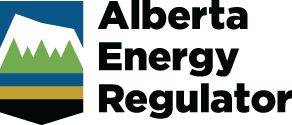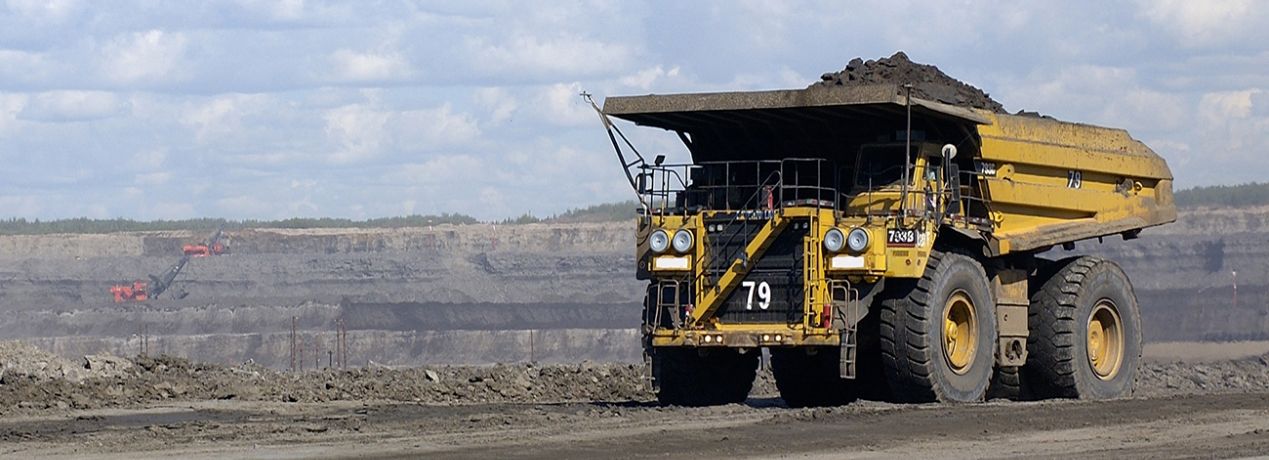Around 80 per cent of the oil from Alberta’s oil sands is buried too deep to mine and can be recovered only by drilling wells. That’s where “in situ” recovery comes in. Companies must apply and receive our approval before starting an in situ operation.
What is in situ recovery?
In in situ recovery, wells are drilled to extract an extra-heavy type of oil called bitumen. Some bitumen is too “viscous,” or dense, to flow to the well on its own. In these cases, heat must be added or fluids injected in order to reduce its viscosity so that it can flow to the well.
Most in situ bitumen recovery uses steam to heat the bitumen in the reservoir. This is known as thermal in situ recovery. Sometimes small amounts of solvent (like propane) are injected along with the steam to further reduce the bitumen’s viscosity and increase recovery.
How In Situ Technology Works
There are two main thermal in situ oil sands technologies:
- steam-assisted gravity drainage (SAGD)
- cyclic steam stimulation (CSS)
In SAGD, two horizontal wells are drilled about five metres apart, one over top of the other. Steam is injected into the top well, which heats the bitumen until it’s mobile enough to flow to the lower well.
In CSS, steam is injected into a vertical or horizontal well with enough pressure to fracture the rock, which allows the steam to move rapidly into the reservoir. This heats the bitumen and reduces its viscosity, allowing it to flow more easily. The bitumen can then be moved to the surface using the same well.
Protecting Albertans and the Environment
Companies must ensure that their in situ operations comply with their approval conditions under the Environmental Protection and Enhancement Act (EPEA), which supports and promotes the protection, enhancement, and wise use of the environment, including air, water, soil, wetlands, and wildlife.
To do this, the environmental impacts of in situ recovery must be carefully managed and monitored.
Managing Water Use
We believe thermal in situ water management should be efficient and sustainable. Our Directive 081: Water Disposal Limits and Reporting Requirements for Thermal In Situ Oil Sands Schemes sets out several water management requirements.
In situ operations must recycle as much water as possible; on average, companies recycle 90 per cent of the water they use.
Monthly and Annual Water Use Information
Since 2012, we’ve published monthly and annual water use information in our Thermal In Situ Water Publication. This interactive dashboard allows users to filter and analyze the information in different ways.
Water Use Performance Report
As part of our Industry Performance Program, our Water Use Performance Report shows how energy companies use water for in situ recovery and other development activities.
Managing Reservoir Containment
The rock above and around the reservoir where the steam is injected is known as cap rock. In in situ recovery, cap rock acts as a barrier to ensure that fluids are safely contained and not unintentionally wasted. Companies cannot inject steam at a pressure higher than the cap rock can withstand. Cap rock also plays an important role in protecting the environment from unintentional releases.
We assess in situ recovery on a project-by-project basis. When a company applies for an approval for their thermal in situ oil sands project, they must show us that they have
- assessed the cap rock and determined that it will prevent steam and reservoir fluids from escaping; and
- examined legacy wellbores in the area to ensure that thermal in situ recovery is possible and resources will not accidently escape to the surface through the wells.
We then conduct a detailed assessment of the company’s application. We look at
- the integrity of the surrounding geology;
- geomechanics (understand how the rocks, pressures, and temperatures will interact); and
- the engineering behind the project itself.
Other Environmental Impacts
Companies undertaking in situ recovery must model and monitor their air emissions. Our requirements ensure that these emissions don’t exceed provincial and federal limits.
Companies must also minimize their impacts on local wildlife. They can do this by planning and scheduling construction and site activities to avoid locally sensitive species and habitats, and by building wildlife crossings (where applicable).
All of these impacts are managed under the EPEA.


